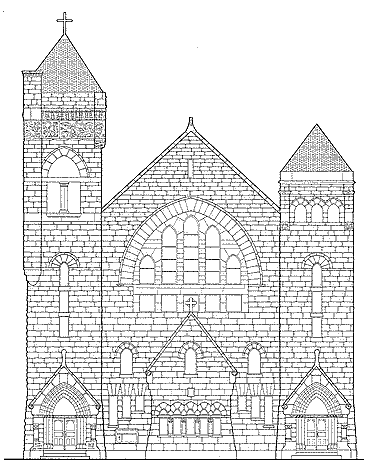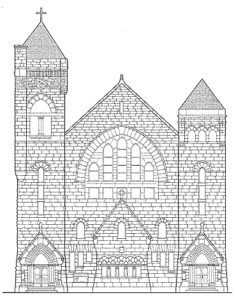Quinn Chapel African Methodist Episcopal (AME) Church, located in Brooklyn, St. Clair County, Illinois, is one of the oldest still-operating historically African American church in the state of Illinois.
Many of the details surrounding Quinn Chapel’s history are uncertain and contradictory. Oral tradition in the church dates the congregation back to 1825, when a group began to meet in the home of John and Priscilla Baltimore, who was known as the “Mother of Black Brooklyn.”
Brooklyn was a community for free blacks and escaped slaves just across the Mississippi River from St. Louis, Missouri, and was settled sometime around the middle or late 1820s. The church eventually acquired a building on Short Street in Brooklyn, and became known as Brooklyn Methodist Church. In the late 1830s, the church was reorganized into the AME denomination by William Paul Quinn, an AME missionary who established dozens of churches in the nineteenth-century American west. In approximately 1839, the church moved to its current location at 108 North Fifth Street and it was possibly at this point that the church changed its name to Quinn Chapel AME Church. Other sources indicate that this name change did not occur until the 1880s.
Due to its proximity to Missouri, a slave state during the antebellum period, Quinn Chapel’s tradition states that it served as a haven for escaping slaves on the Underground Railroad. Slaves would hide in tunnels underneath the church until they could be smuggled into the woods to nearby Alton, Illinois, a major hub on the Railroad.
The church was destroyed by fire in 1878 and rebuilt on the same location, which is the same building the congregation meets in to this day.


